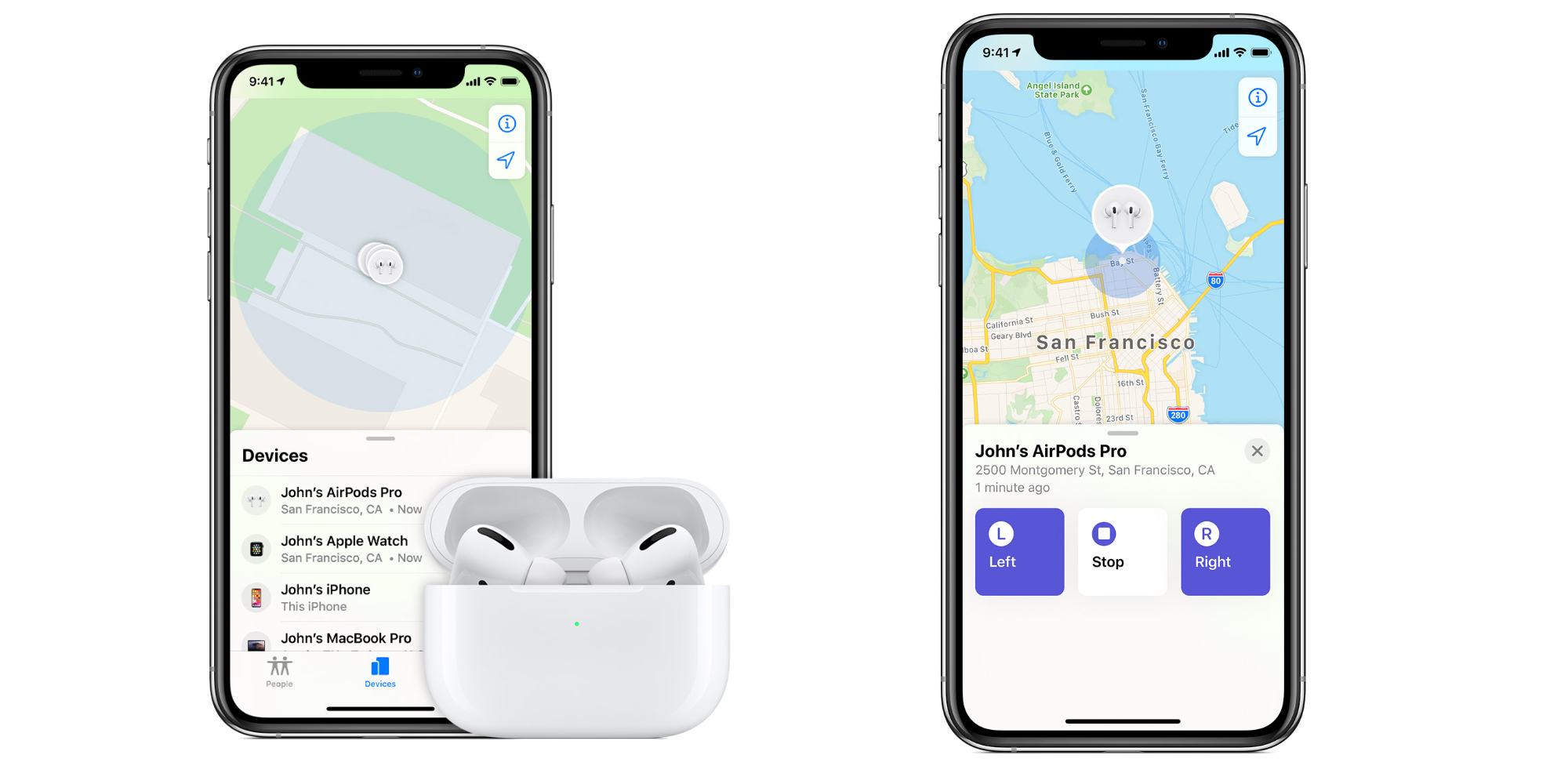In an exciting development for Android users, Google is preparing to introduce a built-in eSIM conversion tool for Pixel phones. This move is seen as a direct response to Apple’s recent advancements in eSIM technology, particularly with the iPhone 15 series removing physical SIM card slots in U.S. models.
Key Highlights:
- Google’s Pixel phones will feature a built-in eSIM conversion tool.
- The update is part of the Android 14 QPR2 Beta 3 release.
- This feature is expected to ease the transition from physical SIM cards to eSIMs.
- The initiative aims to reduce e-waste and simplify carrier swapping.
- The tool will facilitate converting existing SIM cards to digital eSIMs saved on phones.

Unpacking the eSIM Feature: How it Works
The eSIM technology marks a significant shift from traditional physical SIM cards, offering users a more streamlined and environmentally friendly option. The upcoming feature in Android 14 will allow users to easily convert their existing SIM cards into eSIMs, reducing the need for physical components and thus contributing to a decrease in electronic waste. Moreover, this transition will simplify the process of switching carriers, making it more convenient for users to manage their cellular services.
The Road to eSIM Adoption: Challenges and Expectations
While the concept of eSIM technology is promising, the transition phase might present some challenges. Depending on the carrier, the process of converting a physical SIM to an eSIM could vary, potentially leading to temporary disruptions in cellular service. However, Google’s dedicated eSIM conversion tool is expected to streamline this process, mitigating potential issues and offering a seamless experience for users.
The Future of Mobile Connectivity
- Beyond Convenience: The shift to eSIM technology is more than just a matter of convenience. It’s about embracing a future where mobile connectivity is more seamless, sustainable, and user-friendly.
- Impact on Carriers and Ecosystem: This transition will have a profound impact on carriers and the broader mobile ecosystem. As eSIM becomes the norm, we can expect to see changes in how carriers offer their services and how users interact with their mobile devices.
Android’s Strategic Move in the eSIM Arena
In summary, Android’s anticipated eSIM feature is a strategic move to compete with Apple’s advancements in this domain. By integrating this technology, Android is not only enhancing user convenience but also contributing to environmental sustainability. This update symbolizes a significant step towards a more digital and eco-friendly future in mobile technology.
















